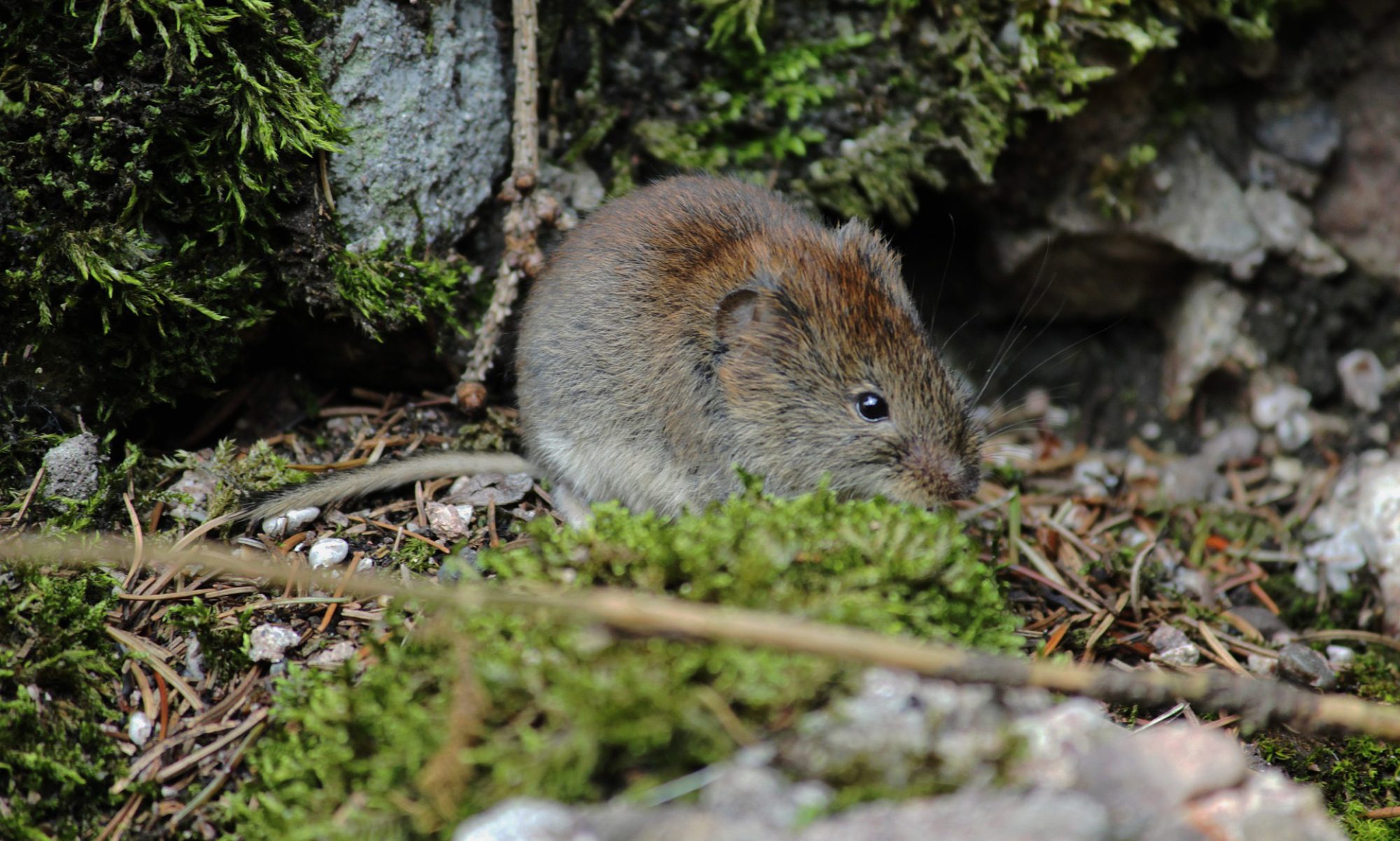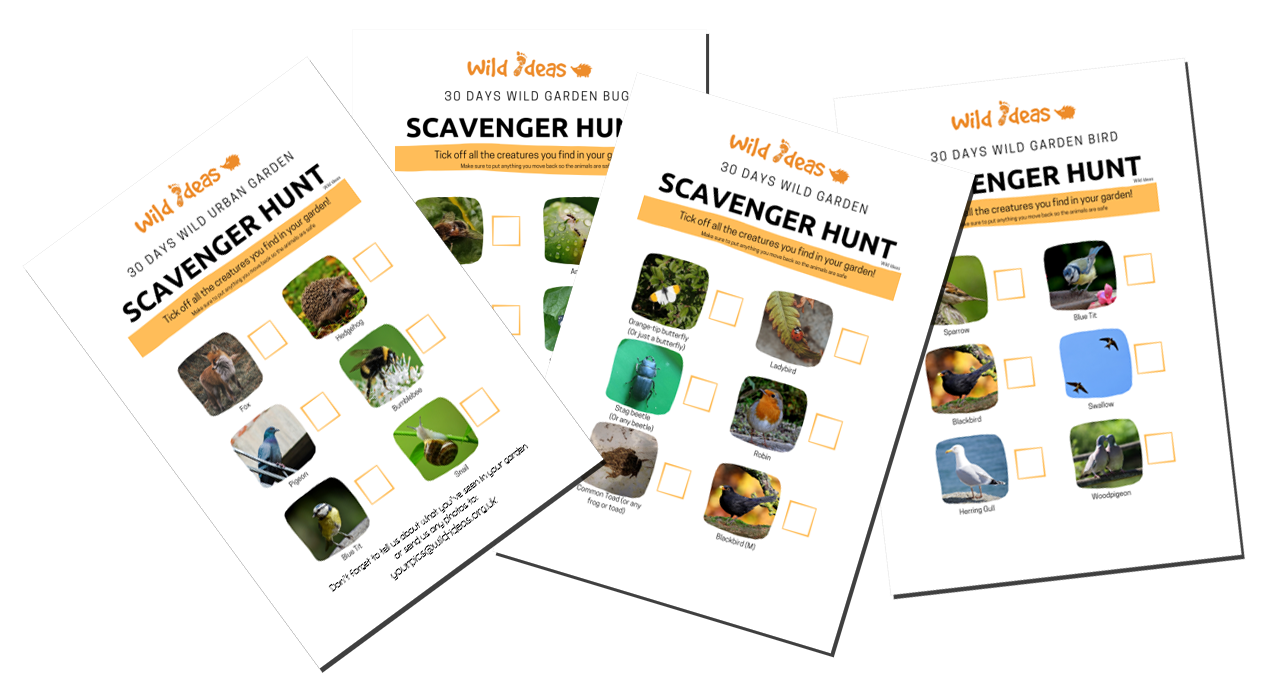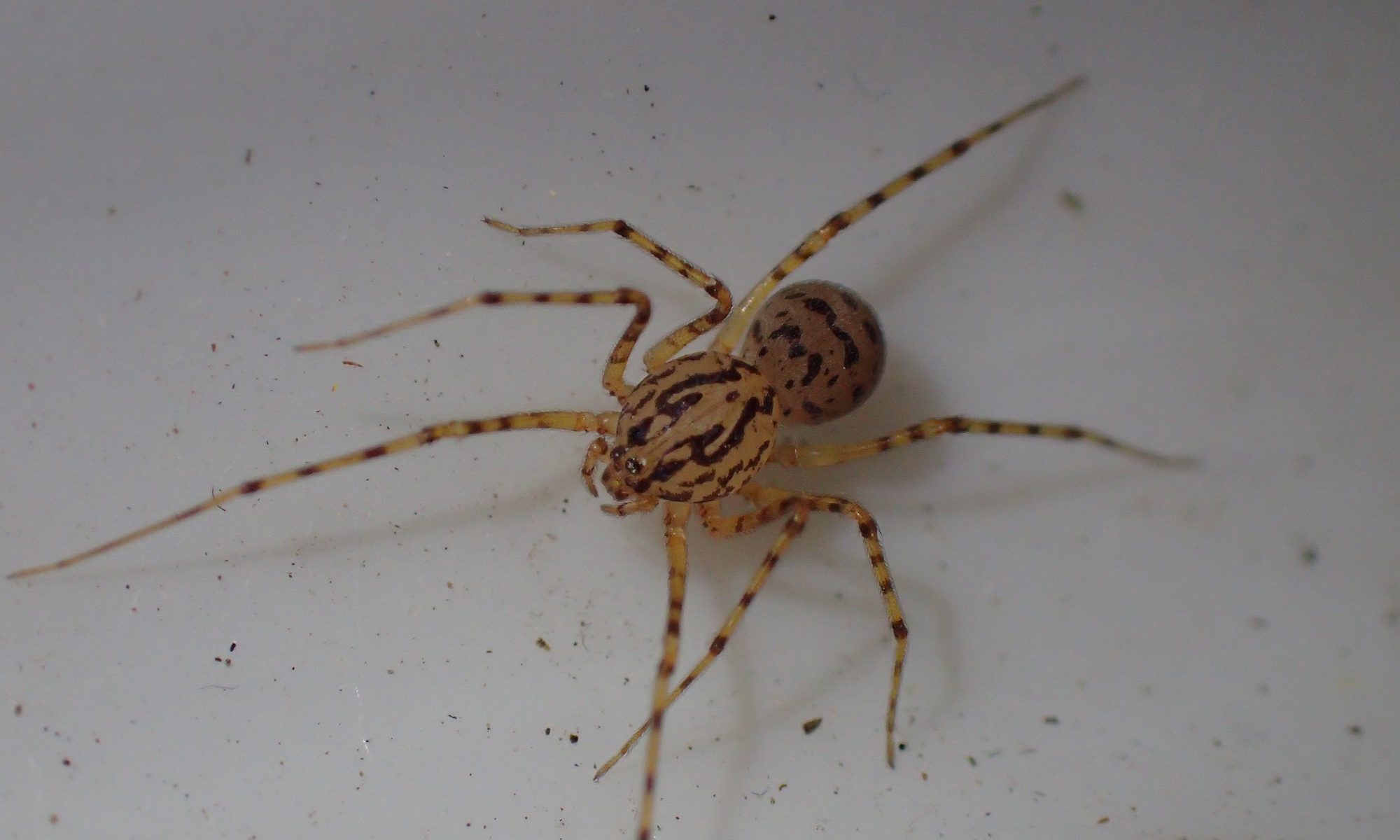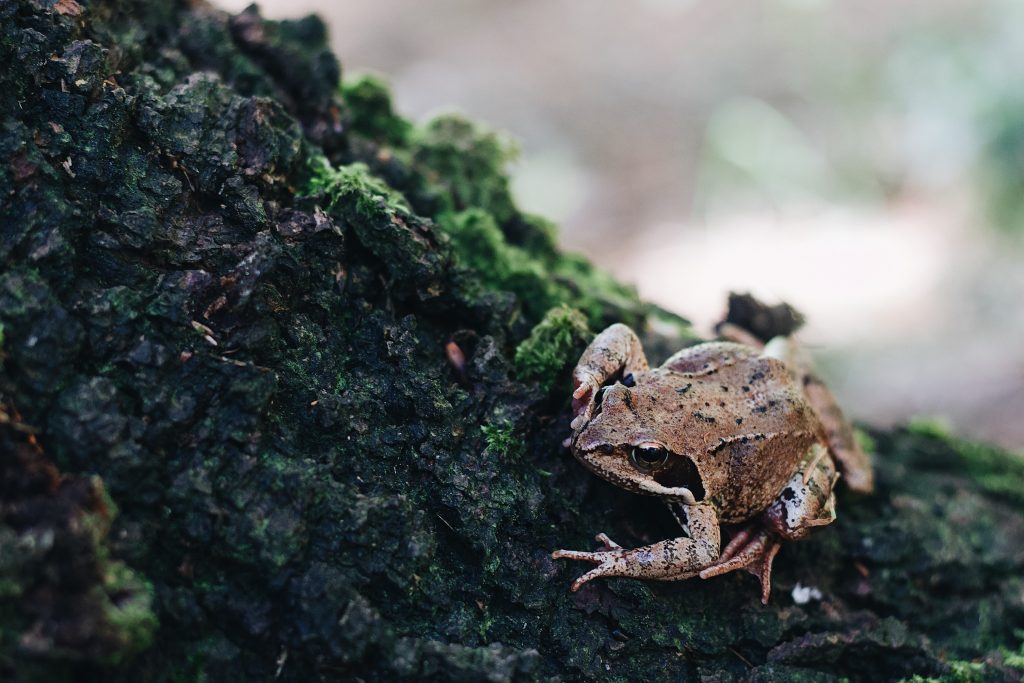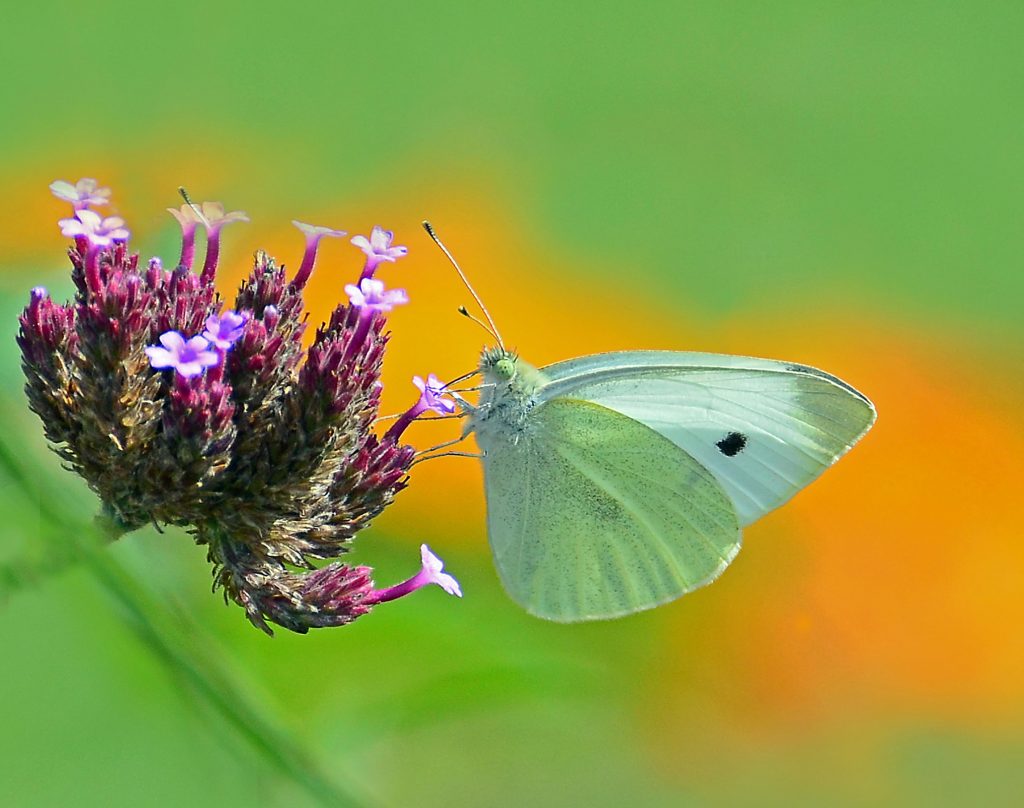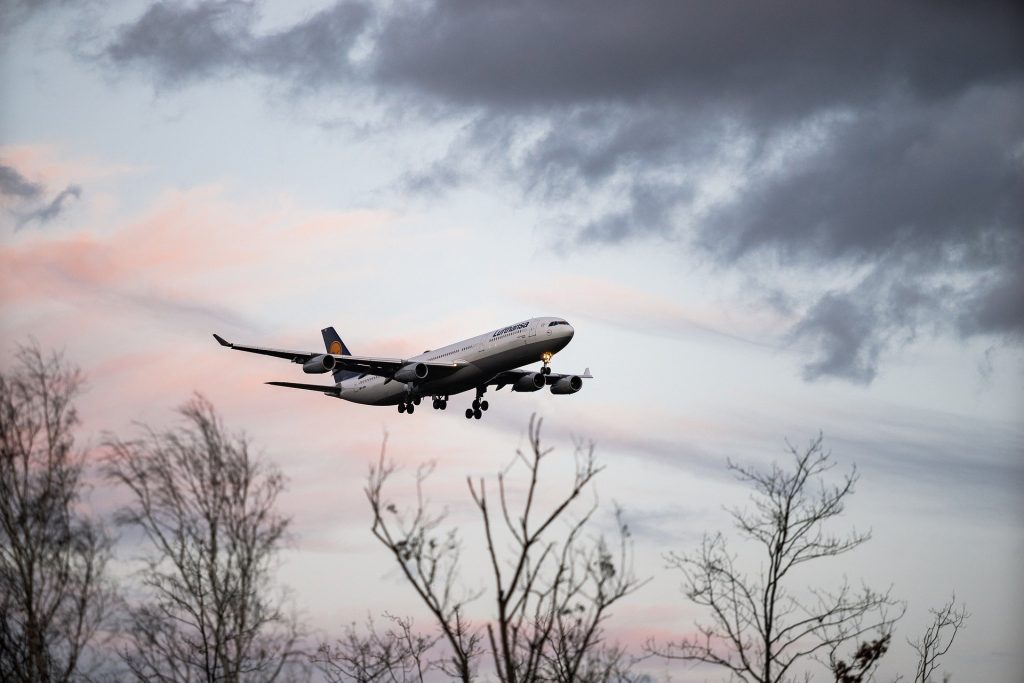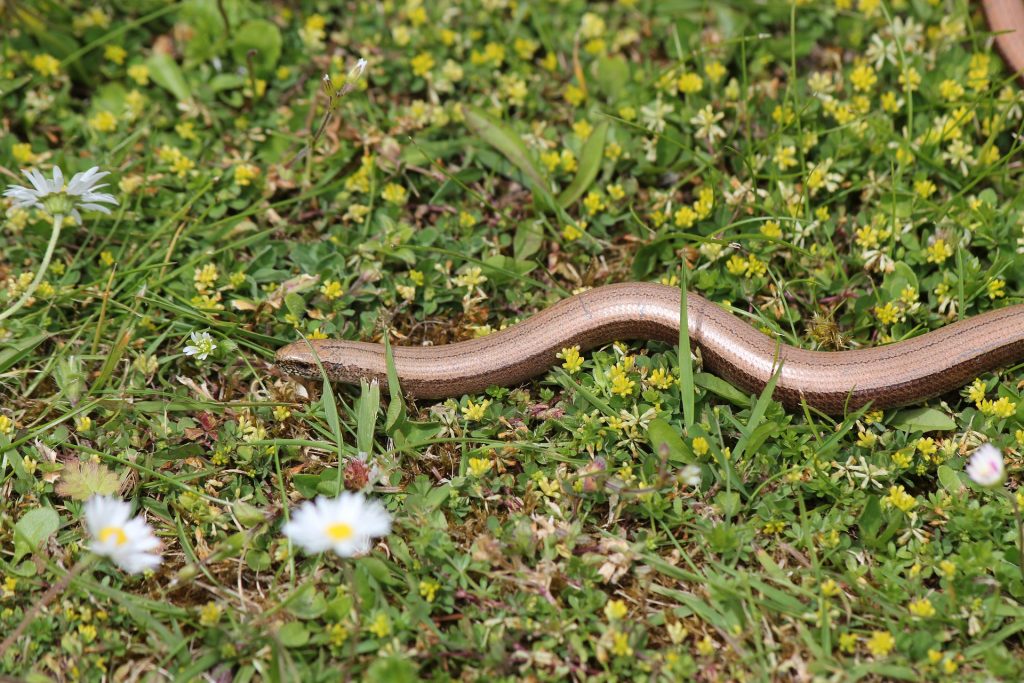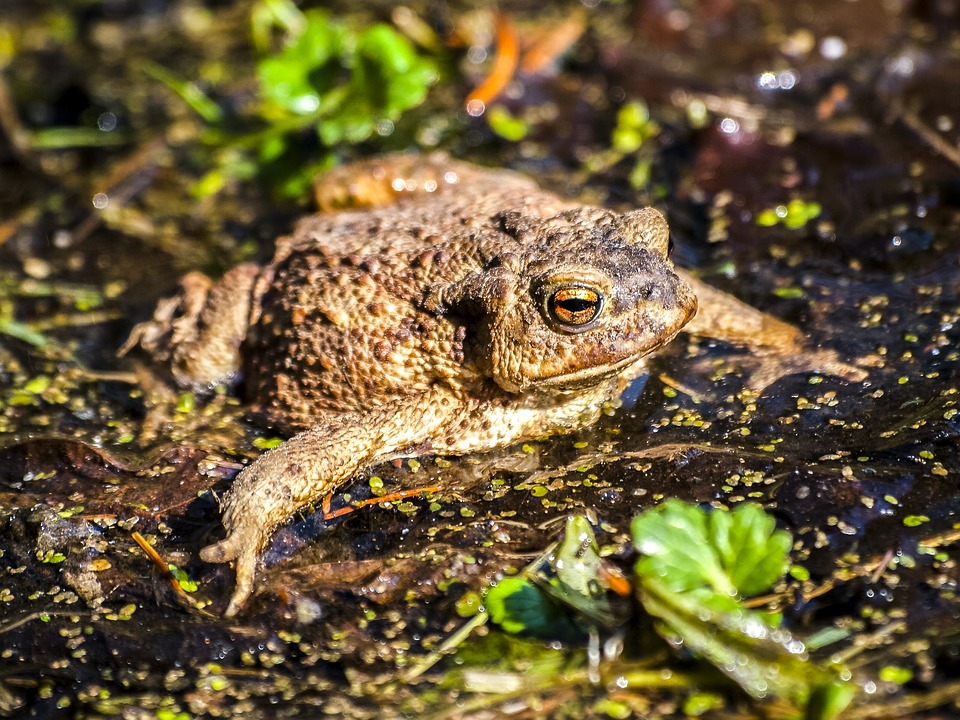Your garden, the local park or while out on walks are all perfect for an urban nature scavenger hunt. The idea is simple – you discover the nature in your town or city by exploring crooks and looking at unusual times.
For example, try an evening walk to see some of our favourite nocturnal mammals, foxes and hedgehogs, or sunny spaces with some plant life give you the best chances of seeking out butterflies.
Continue reading “The Urban Scavenger Hunt”